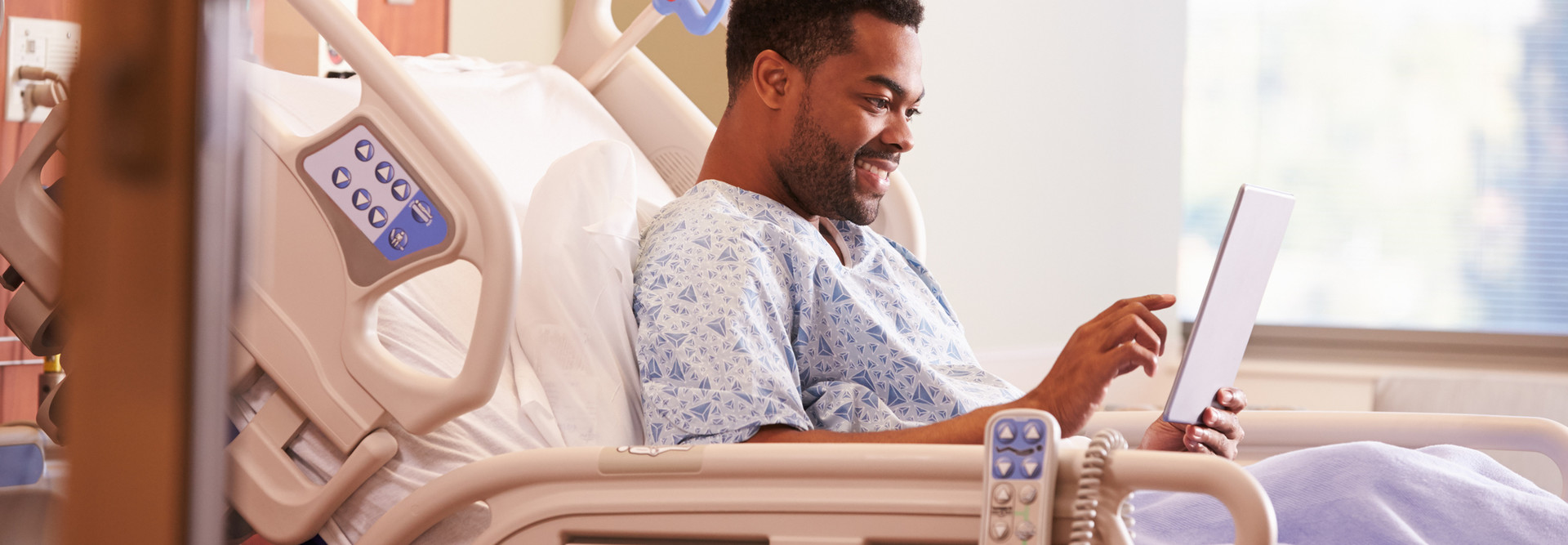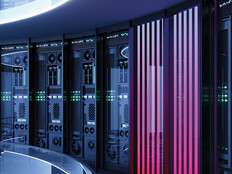Supporting Bedside Technologies for Patient Satisfaction
The patient experience reigns supreme in today’s value-based, highly competitive healthcare environment. With Medicare reimbursement now tied to patient satisfaction, the desire to boost Hospital Consumer Assessment of Healthcare Providers and Systems (HCAHPS) scores is a key factor driving hospitals to adopt a more patient-centric focus. At the same time, higher satisfaction helps build loyalty as well as attract additional patients, especially as more patients share positive — and negative — experiences via social media.
Not surprisingly, state-of-the-art technology at the point of care (PoC) plays a starring role in raising satisfaction ratings as well as inspiring positive reviews and recommendations. Bedside infotainment systems, which combine a computer, television, telephone and nurse call button into a single smart terminal or mounted audiovisual screen, provide a host of customized and interactive education, communication and entertainment options for patients. They’re also a convenient clinical tool for physicians, nurses and other caregivers.
Seamless Performance
Hospitals have numerous options to choose from when designing and implementing these highly customizable beside infotainment solutions, depending on their requirements and budgets. To support seamless performance, however, all systems require a robust back-end infrastructure that includes the following components.
PoC end systems: End devices at the patient bedside can include smart terminals, thin clients or large-screen, high-resolution monitors that can be wall-mounted. Desktops delivered virtually can be either persistent or non-persistent machines. Unlike retail TVs and computer terminals, bedside infotainment screens must meet medical-grade standards for durability and maximum patient safety.
An easy-to-use touchscreen user interface is often preferred to keyboards and mice, especially when space is limited. Equipping devices with ultrasonic microphones and voice recognition software enables patients with limited physical ability to control them with voice commands. Providing expanded pillow-speaker capability puts volume control for mounted monitors within easy reach of patients.
Network: The bedside infotainment system is centrally managed. Applications are generally delivered via a cloud or virtual environment, and Internet access is delivered through either wired or wireless connectivity. Although many older facilities continue to operate with Category 3 cabling, all-in-one point-of-care solutions require a network with a minimum of Category 5 cabling for reliable performance. In that environment, the Ethernet capability provides bigger bandwidth and greater speed less expensively, enabling hospitals to invest in more content for patients.
For hospitals interested in delivering high-definition content, it is particularly important to evaluate bandwidth capability to assure it can handle the increased demand. The network must incorporate sufficient numbers of wireless access points, enabling devices to readily connect to a wired network via Wi-Fi, Bluetooth and related standards. Network routers are also critical, having evolved from devices dedicated to connecting disparate networks into integrated services devices that deliver voice, video, data, Internet access and other applications across the entire healthcare enterprise.
Back end: Bedside infotainment systems demand a robust infrastructure capable of supporting the additional power and storage required to push out and manage a constantly expanding spectrum of applications, including unified communications, electronic medical records, computer-based physician order entry (CPOE), and multi-media educational and entertainment applications.
Dive Deeper
Wondering how bedside infotainment systems can empower patients and improve satisfaction? Download the white paper "Elevate the Patient Experience" to learn more about
- How wearables are deployed
- The role of cloud analytics tools in making new data useful
- Potential benefits to wearers
You'll also score access to HealthTech's entire library of free, downloadable white papers by signing up just once.








